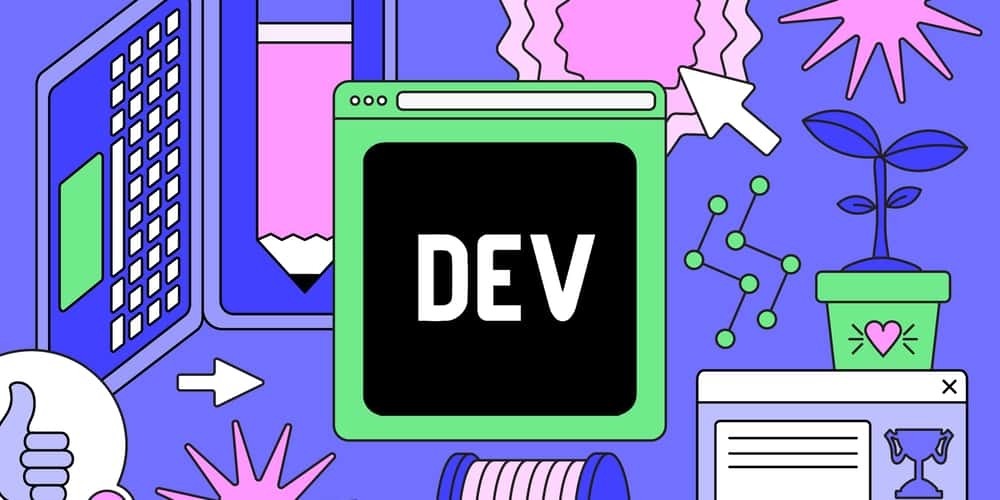Yoshio Terada articles - 14 total
Securely Connecting Azure Container Apps to Azure OpenAI Using User Managed Identity
Today, I want to share two key points from the entry "Securely Connecting Azure Container Apps to Azure OpenAI using User Managed Identity":
Comparison of Two Methods for Deploying Azure Functions to Azure Container Apps
In that entry, I mentioned using the `Azure's integrated management capabilities` and I want to clarify what that means and how it differs from previous methods in this article.
Deploying a Java Azure Function on Azure Container Apps
Azure Functions provides integrated support for developing, deploying, and managing containerized function apps on Azure Container Apps. This makes it easier to run and manage Azure Functions using the integrated Azure management portal, compared to running Azure Functions independently in container environments like Azure Kubernetes Service (AKS). Additionally, by leveraging features provided by Azure Container Apps, you can easily utilize functionalities such as KEDA, Dapr, Envoy, scaling, monitoring, security, and access control for your Azure Functions.
Automated PDF-to-Text Conversion and Vector Search with Azure OpenAI and Blob Storage
This article introduces a service that automatically converts PDF files to text by uploading them to Azure Blob Storage and performs vector searches using the Azure OpenAI Embedding model. The system makes it easy to search for internal documents, research papers, or any PDF files. The service utilizes Azure Blob Storage, Azure Cosmos DB, Azure OpenAI, Azure Functions, and Azure PostgreSQL Flexible Server. The article provides a detailed guide on setting up the environment, running the application, and implementing the service, along with key points to consider during implementation.
How to use the Azure OpenAI Embedding model to find the most relevant documents
This article explains how to use OpenAI's text-embedding-ada-002 model for text embedding to find the most relevant documents at a lower cost. It introduces the concept of embedding and its application in similarity search using high-dimensional vector arrays. The article also discusses the necessary considerations when handling strings, such as token limits and newline characters. A step-by-step guide is provided on how to set up Azure PostgreSQL Flexible Server to handle vectors and create a Java application for inserting test data and finding the most similar string. The Java program demonstrates how to call Azure OpenAI's Embedded model, obtain a vector array, and save it to the database. It also shows how to use the PostgreSQL query to search for the most relevant document based on the user's input and the pre-saved vectors in the database.
MicroProfile Config in Azure Kubernetes Service
1. MicroProfile Config in Azure Kubernetes Service The application should separates the ex...
MicroProfile Fault Tolerance について
This contents explain about the overview of the MicroProfile Fault Tolerance
Azure Kubernetes Service 環境で MicroProfile Config 動作検証
1. Azure Kubernetes Service 環境で MicroProfile Config 動作検証 アプリケーションは、外部システムとの連携のための接続情報 (DB...
Azure Web App for Containers 環境で MicroProfile Config 動作検証
1. Azure Web App for Containers 環境で MicroProfile Config 動作検証 アプリケーションは、外部システムとの連携のための接続情報...
Use DaemonSet as a cache when referencing large files from each pod
Please consider to use the DaemonSet as a cache? Use the DaemonSet to launch one pod on each Node, and each pod in the DaemonSet have a copy of the file. Pods who want to refer to and acquire files is possible for not only reduce the communication across networks by acquiring and referencing copy files from the pod of the DaemonSet, but also can get files in a short time because the file is transfered by local network.
Please don't move from Monolithic Application to Monolithic Kubernetes Cluster?
Important Points of Kubernetes Cluster Design
Experience of Kubernetes Hackathon with Customers
This is the experience story of k8s Hackathon with Customers
Azure SDK for Java link for Contents and Samples
Microsoft provide Java SDK Libraries for Azure as follows. Some of the documents wrote the detail exp...
Quarkus: Introduction of New Method for Quickly Launching Java applications on Container
Please refer to the article such kind of person who think that starting Java applications on the Docker environment is slow. Java Application started only 0.005 sec in my env!








